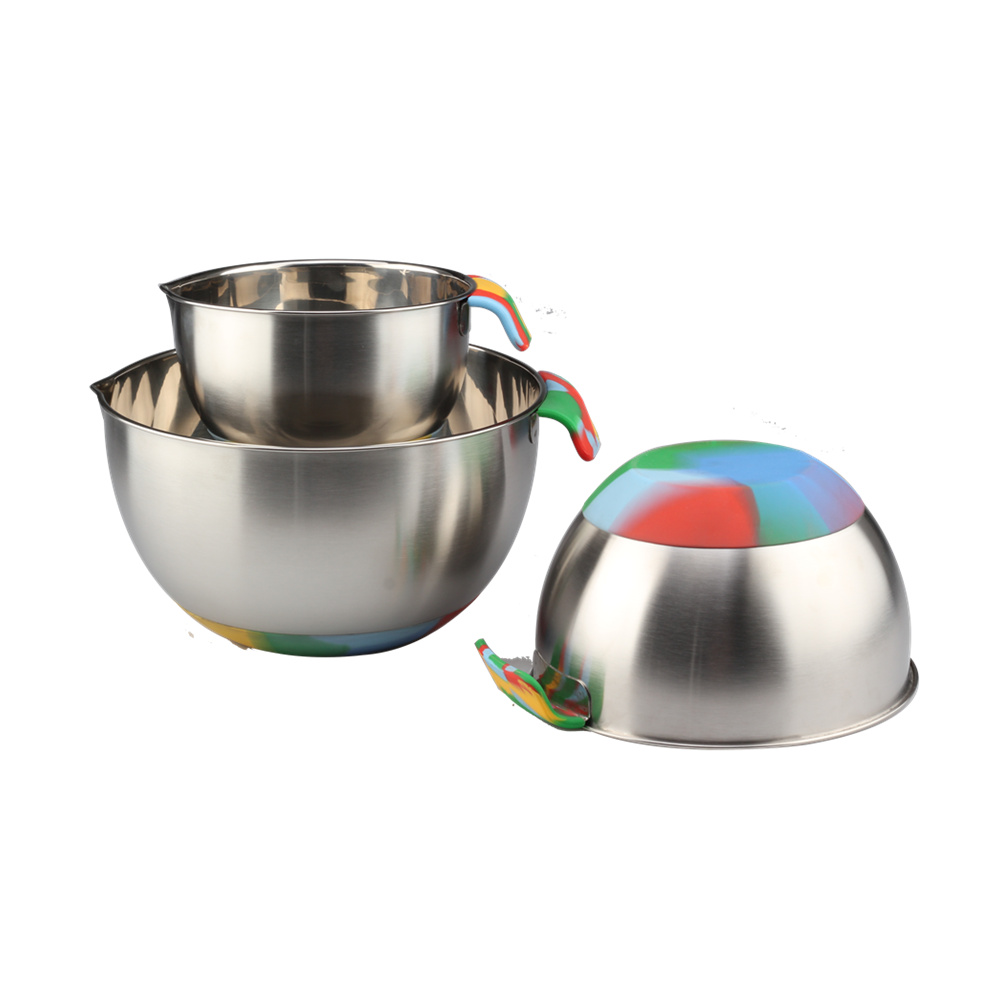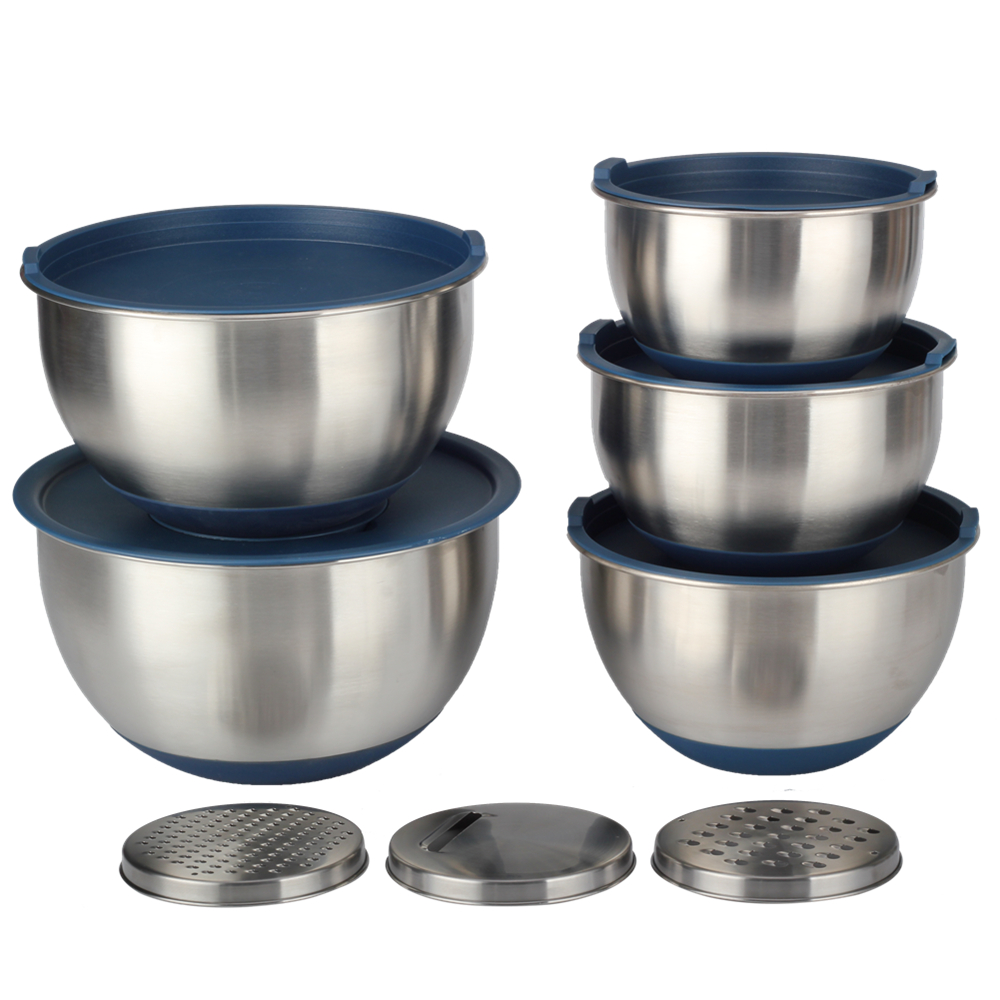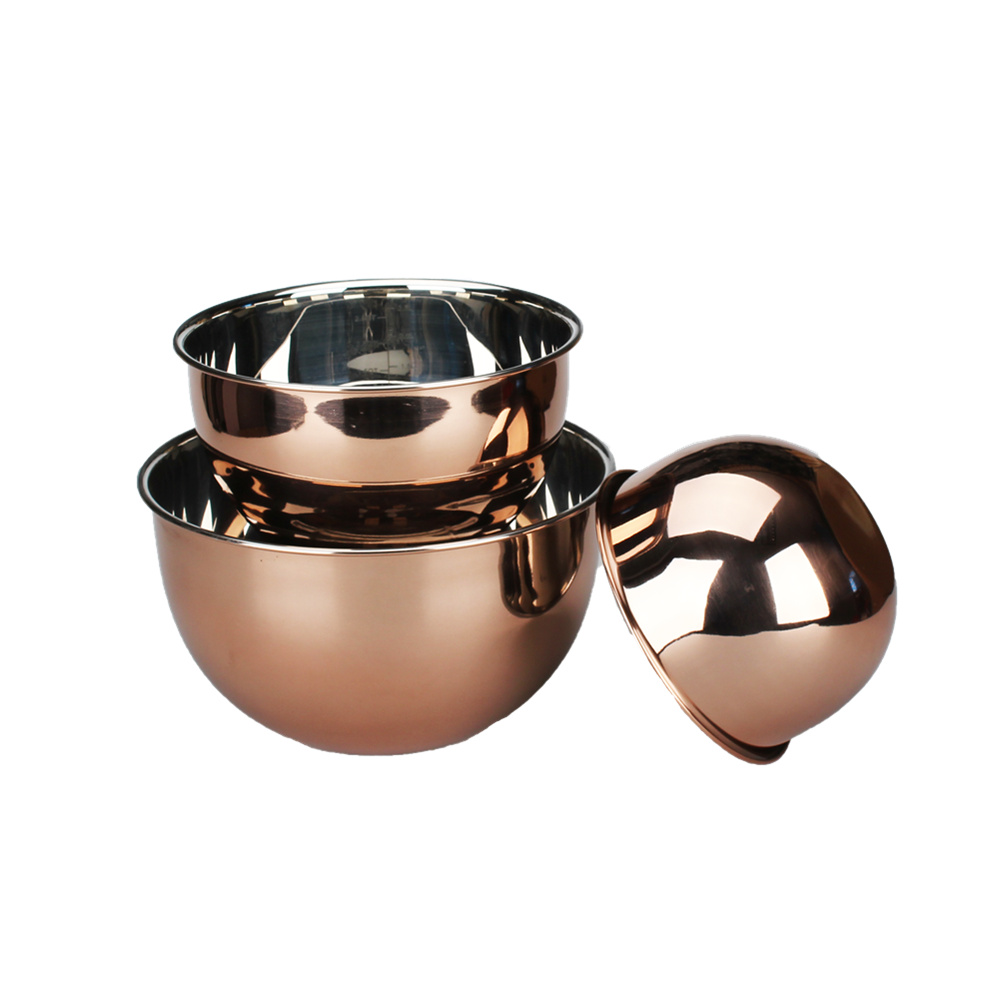Self-adhesive label analysis
The first layer - surface material, or raw materials, used to record or print graphic information.
The second layer, the primer, or tackifying coating, allows the adhesive and surface materials to bind more closely. The primer also has the function of preventing the penetration of chemical agents, otherwise the chemical agent may permeate from the bottom three layers and smear the surface of the label. In addition, color primers can also be used as a background for transparent surface materials.
The third layer - the label adhesive. The adhesive separates the surface material from the silicone-coated backing sheet before the label surface liner is torn off and the label is applied to the surface of an object.
The fourth layer - silicone coating, used to ensure that the label and liner are easy to separate.
Fifth layer - the liner, the protective label is not contaminated before use, usually made of bleached or primary Kraft paper (occasionally also using a clean polyester material). The backing paper also has a supporting role to ensure that the label does not bend or curl during handling of the label.
Although adhesive labels are widely used and popular, they are not applicable in any environment. For example, the use of heat-sealed labels is more efficient and economical in frozen food packaging and other high-speed operations.
The Importance of Tacky Tests Before using different types of labels, it is important to test the type of adhesive. See if the adhesive is a self-adhesive, heat-sealing adhesive, or glued paper. Some adhesives react chemically with certain substances. For example, stickers used as labels can contaminate certain special fabrics under certain conditions. Some labels that require short-lasting tack will produce long-lasting tack under exposure conditions. On the other hand, some labels that require long-lasting tack will lose their stickiness on some surfaces.
The only way to ensure a viscous effect is to select a specific surface to determine the viscosity. Many label materials and adhesive manufacturers have testing capabilities.
Problems often occur when using adhesive labels and other labels on the surface of recycled paper. There are many different kinds of paper in the process of recycling; some of the paper is contaminated with a coating of silicon or wax, so that the mixing process contaminates the final recycled product. When using labels on the surfaces of these contaminated recycled papers, the adhesive tends to lose its effect. Note: The role of the silicone coating in the sticker is to ensure that the sticker is easily removed from the liner.
Low temperatures can also cause problems. The low temperature reduces the speed of the bond and the label may have peeled off the surface before the adhesive sticks to the surface. If the label is stored improperly - large temperature differences in the environment, humidity fluctuations, or improper stacking - the label will lose its viscosity soon after use.
One of the most important factors for the effective use of adhesive labels is the correct peeling of the sticker from the surface of the liner.
Many people mistakenly uncover and pull down from the left or right corner of the label. This weakens the tackiness of the adhesive on the contact area, and it also destroys the “surface fibers†in the material, causing the label to curl.
The correct way to peel off the sticker from the surface of the liner is to keep the label straight and peel the liner from the center of the top or bottom to ensure that the label adheres well to the surface of the object.
The surface material of the self-adhesive label that uses self-adhesive labels must be based on the environment in which the label is used and the treatment method. Some materials are designed for extremely harsh environmental conditions, while others tend to be short-term disposable indoor applications. The following describes some of the commonly used surface materials for label production.
Smudgeproof Material: A non-coated, practical material designed for fast ink absorption. This material is mainly used for electronic data processing (EDP) and other computer printing.
Rubber Pulp Material: A strong, flexible material that is well suited for curved or cylindrical surfaces. The rubber paste in the material seals the surface of the paper so that dust and fibers do not spread out. This is especially important for tape labels, which were originally designed for this purpose.
Flat print material: good ink absorption, suitable for scanners. Print materials are known for their clean surfaces and are the best choice for high-quality images and barcode printing.
Anti-blocking material: It is a loose rough paper with good dirt resistance and is suitable for uneven surfaces. This material has a long lasting strong stickiness and is often used as a price tag for retail merchandise. But it has one drawback: it is not easy to stick to the surface of the product.
Casting coating material: It is a high-gloss pure white printed paper, mainly used for advertising and packaging labels. Applying the coating material to the computer is very careful because the ink may cause smearing.
Marking material: It is a kind of stiff dark paper. It is often used for shelf labels, ID labels, lapel badges, and other places where stiff materials are needed. Labels made from this material need to be particularly careful when separated from the surface of the backing sheet because this material, once curled, is not easily flattened.
Fluorescent material: Also known as "white glossy" material, there are a variety of bright fluorescent colors. This material is often used to emphasize the importance of the document.
Laminated or solid foil material: A layer of thin metal foil laminated to a paper substrate. This material is often seen on dark or bright metal products.
Computer printable polyester material: Excellent resistance to heat, moisture, oil, abrasion, and most commercial solvents. This material is often used in environments that require a lot of durability, such as the nameplates of certain devices.
Vinyl Material: A durable non-porous, universal non-porous plastic that can be used on the surface of oils, petroleum, water-based and chemical materials. However, vinyl materials are difficult to print because offset and printing inks dry very slowly on their surfaces. In many cases polypropylene is used instead of ethylene.
Satin fabric: It is a man-made fiber material, often used as a clothing brand, name tag, and other occasions that require luxury appearance packaging. However, it is difficult to print high-quality prints on a satin rough surface.
TyvekTM is an unusually tough, completely tear-free material registered by DuPont. It is made of polyethylene fibers and looks like paper. TyvekTM materials will not get wet and will not react with most chemicals, making them ideal for harsh environments.
The above listed are the most commonly used surface materials. No one material can suit any environment, but the diversity of surface materials can satisfy a variety of different paste environments to ensure that most customers' needs are satisfied.
Mixing Bowl Set ,which is the Essential Kitchenware for your kitchen and you life.
For the mixing bowl set ,we have the Classic ordinary style and new design style.
Which can with the silicone non-slip base ,silicone handle, plastic lid, or grater.
We can provide the custom color items. If you want to combine it and any other kitchenware items (such as Measuring Spoon Set,hand spatula ,egg beater and so on) as one set to sell, welcome to contact us.Will try the best to recommend the best choice for your reference base on our rich experience.
Wecome to to have a talk with us.
Description of Mixing Bowl
Material: Body :SS201/SS304
Lid :Plastic/Silicone/Glass
Handle: Silicone
Finishing: Satin polishing ,Mirror Polishing ,Color painting
Logo: Laser logo, Etching logo, Silk printing logo, Embossed logo, Decal logo
MOQ : 2000 PCS
Packaging : White box, Mail box or Customized package
Sample Time : 7~10 days
Lead Time :60 days after have the deposit
Payment: T/T ,L/C or others
Payment term: 30% deposit before production and 70 % balance against the copy B/L



FAQ:
1:How can I get the sample?
We can provide the sample for customers to check the quality.
Please kindly provide the delivery info for calculate the sample cost. If you have DHL /TNT/UPS/FEDEX account, please also kindly provide it to us.
You can do the payment of sample via T/T and PayPal.
2:How about the sample time?
Usually the sample time is 7~10 days after have the sample cost.
3:How long will it take for mass production?
Usually 45~60 days after have the deposit.
4:Can we have our logo or company name to be printed on your products or the package?
Welcome OEM.
5:what certificate can you provide?
CE,CB,GS,FDA,LFGB,ROHS are available here.
6:How can we get your monthly new products announcement?
Please join our mailing lists.
Mixing Bowl
Mixing Bowl Set,Mixing Bowl ,Stainless Steel Mixing Bowls,Kitchen Bowls
Jiangmen Wellway Houseware Co.,Ltd , http://www.wellwayhouseware.com